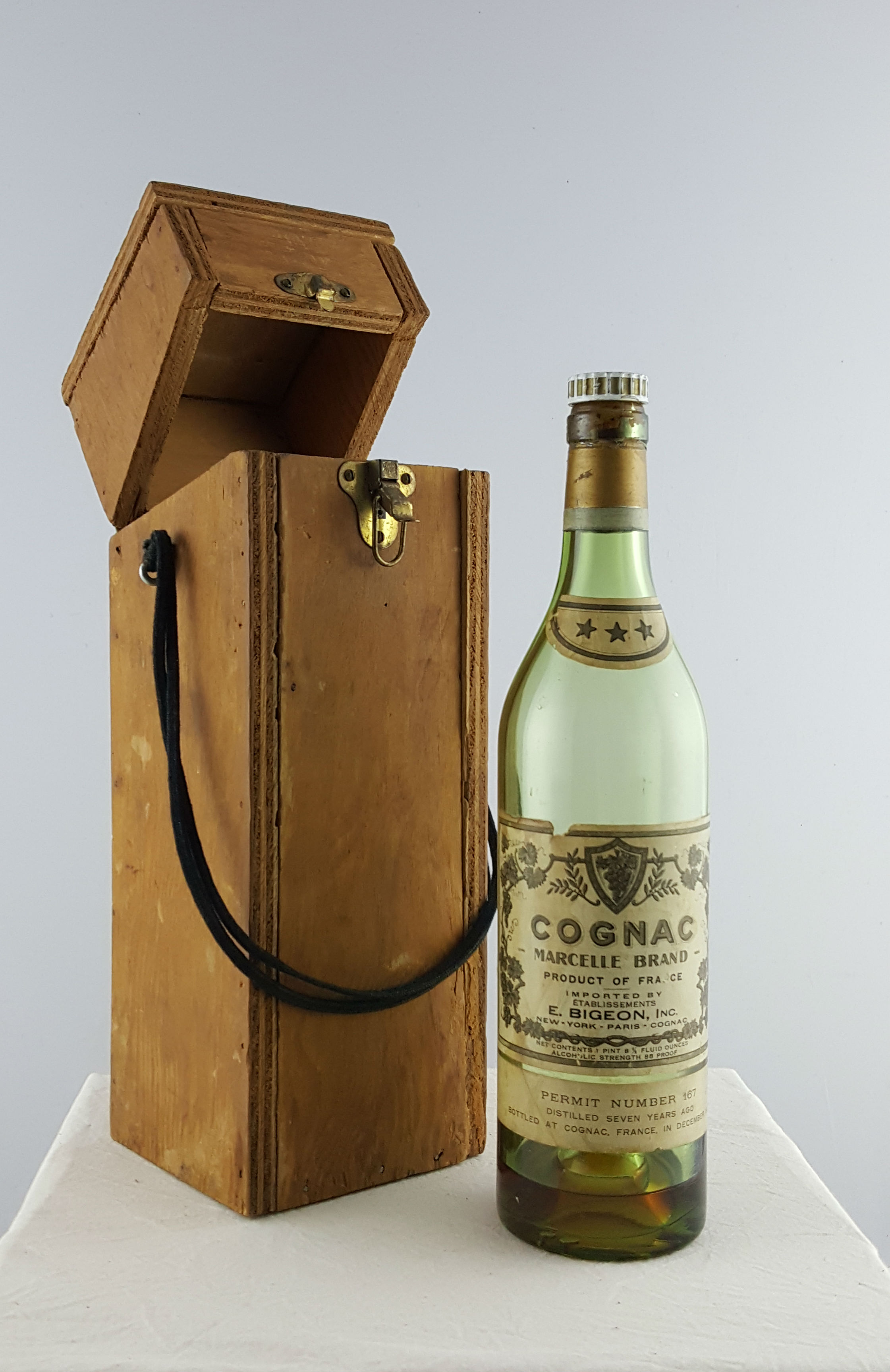Copyright La Crosse County Historical Society
Ivy King
Catalog Number: 1986.058.01
The members of the Last Man’s Club first served along the Texas-Mexican border. Two hundred fifty men of the Wisconsin National Guard left La Crosse for the border in 1916. As soon as they arrived home in La Crosse, they were sent to France, arriving in March 1918. Their group was Company C of the 121st Machine Gun Battalion. The men served for a number of months under shell fire on five different fronts.
During World War I, the men never budged an inch on the front. They were nicknamed Les Terribles by the French government because of their refusal to retreat. Mac McCall toured the battlefields nearly 20 years after the war and discovered a monument in Chateau-Thierry to remember the division and others who fought. After the Armistice, on Nov. 11, 1918, the group was among the first U.S. troops to set foot on German soil.
A few years after the war, starting in 1931, the men decided to meet periodically. Their meeting captured the attention of the French government, which decided to make them a gift of a bottle of cognac. The cognac was presented to the club by U.S. Rep. Gardner Withrow during their meeting in 1934.
La Crosse was the headquarters of the club, and Withrow, a member of the was member of the Wisconsin Progressive Party from La Crosse.
This is the bottle of cognac presented to the Last Man’s Club. The cognac — French brandy — is in a green glass bottle. Cognac is named for the city of Cognac, in the region of France where the members of the club fought. It was bottled in 1933 and is sealed with a cork; there is still some cognac in it today.
The Last Man’s Club’s bottle resides in a wooden box, likely made by one of the club’s members.
At club meetings, the men had a meal, a drink and remembered their time on the war front. They brought out the bottle of cognac at these meetings but did not open it. They intended for the last surviving member to drink the cognac and toast his comrades once they were gone.
McCall wanted to have the club to change the rule to the last five men as opposed to the last man. In a 1975 article in the La Crosse Tribune, McCall said, “What the hell is the last man going to do? He probably won’t be able to get the cork out.”
For a number of years, Joseph Brabant was the keeper of the cognac. He was the youngest member of the club, having left for the Mexican border when he was only 17. His aunt signed the paperwork for him to go. He later enlisted in the Navy, and he served from 1918 to 1923. Later, during World War II, he was called into active duty as a captain in the U.S. Army Air Force.
At one of their last meetings, only three men attended, and they opened the cognac. “God, is that stuff awful,” said Chester Newcomb, according to a 1983 La Crosse Tribune article. “If I drank very much of this stuff, I could fight a war myself.”
The group’s members decided to give both the cognac and the club records to the La Crosse County Historical Society in order to preserve its history.
We have not opened the bottle, so we cannot verify just how “awful” the brandy has become. It remains in its box, a reminder of 250 men from this region who fought together in World War I.
This article was originally published in the La Crosse Tribune on November 11, 2017.
This object can be viewed in our online collections database by clicking here.

